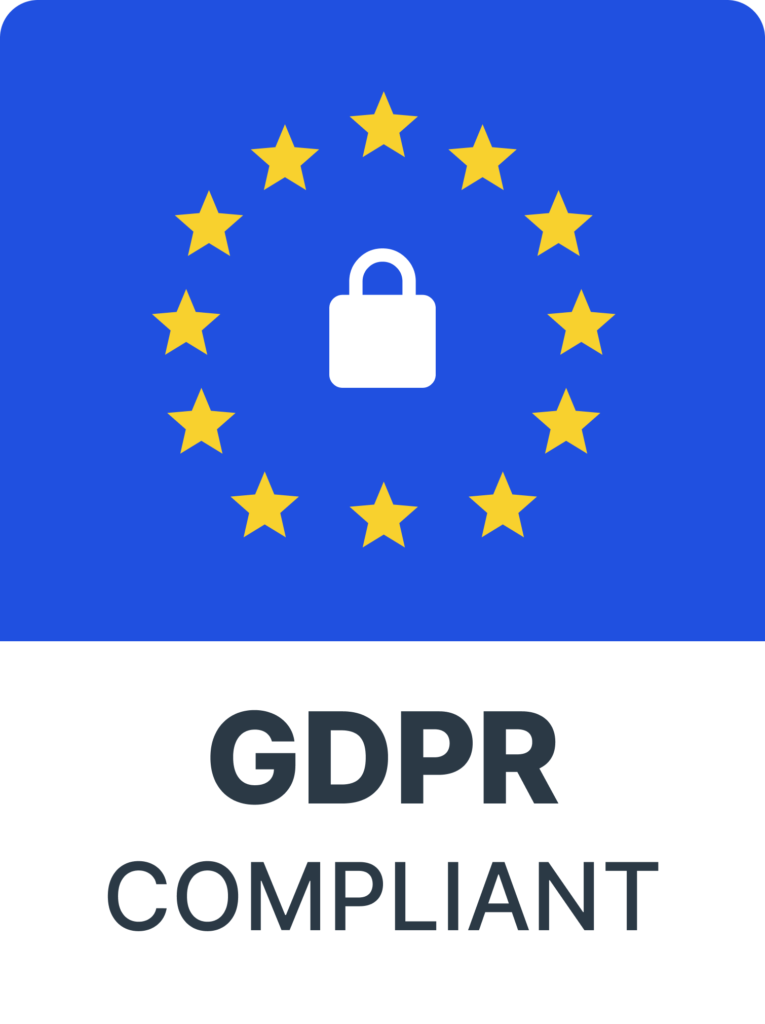Why Proctoring Is Crucial for Remote AI Language Assessment Tests

As language testing moves increasingly online, the need for secure, fair, and reliable assessment environments has never been more pressing. Without the oversight of traditional in-person test centers, remote language exams face new challenges: identity fraud, cheating, inconsistent testing conditions, and data integrity concerns.
Proctoring, particularly AI-powered remote proctoring, has become a vital solution to these challenges. It not only safeguards test integrity but also builds trust among institutions, employers, and governments that depend on assessment results to make critical decisions. Below are the key reasons why proctoring is essential in remote language testing, along with the benefits it brings to test providers and takers alike.
1. Protecting Against Identity Fraud
One of the most common threats in remote testing is impersonation—when someone other than the registered candidate attempts to complete the test. This compromises the validity of test results and can have serious consequences for institutions relying on them.
Proctoring systems counter this through layered identity verification measures, such as:
Photo ID matching against live webcam feeds
Facial recognition technology to ensure the same person remains throughout the test
Liveness detection to prevent the use of static images or deepfakes
These tools ensure that the person taking the test is the one who’s supposed to—and remains present and active for the entire session.
2. Ensuring a Controlled Test Environment
Remote assessments open the door to distractions and potential misconduct. Test takers might be tempted to consult online resources, communicate with others, or use external tools.
Secure testing environments, enforced through lockdown browsers and proctoring software, help eliminate these risks by:
Disabling tab switching, screen sharing, and keyboard shortcuts
Blocking access to unauthorized applications
Monitoring background activity for suspicious software or resource use
By creating a consistent testing environment across candidates, proctoring helps preserve the fairness and comparability of results.
3. Detecting Suspicious Behavior in Real Time
Modern AI proctoring systems go beyond static restrictions. They continuously analyze visual and audio inputs to detect irregular behavior, such as:
Eye movement away from the screen, which may signal use of notes or another device
Presence of additional people in the room
Unusual sounds or background voices
Environmental changes, such as lighting shifts or background replacements
Among these, eye movement detection has become particularly valuable. It offers insight into attention patterns and helps flag situations where a test taker might be reading from unauthorized materials. While not definitive proof of misconduct on its own, it provides valuable context for post-test review.
4. Post-Test Review and Dispute Resolution
Equally important to detection is the ability to resolve incidents fairly. Proctoring systems record all activity during the exam—including video, audio, and screen interactions, allowing institutions or testing providers to:
Review flagged events in context
Hold scores temporarily while incidents are evaluated
Notify stakeholders only if results are withheld or invalidated
Candidates can often appeal results through formal review processes, ensuring transparency and fairness even in contested cases.
5. Maintaining Institutional Trust and Auditability
Whether for academic admissions, immigration, or employment, language test scores often carry significant weight. Institutions must be able to trust that these scores reflect real proficiency.
Proctoring plays a central role in maintaining that trust by:
Creating a verifiable digital audit trail
Offering encrypted storage of exam data for future reference
Enabling compliance with security, privacy, and data integrity standards
This level of accountability reassures both the institutions relying on scores and the test takers who deserve a fair evaluation.
A Modern Example: Hallo’s Secure Remote Assessment Platform
One platform that has embraced these best practices is Hallo, which offers AI-powered language assessments with built-in proctoring tools. Hallo combines identity checks, lockdown environments, and AI-driven monitoring, including real-time eye movement detection, to deliver secure, standardized testing experiences at scale. It also offers post-test review protocols and secure data storage to support audits and dispute resolution.
By embedding security into the testing process, Hallo demonstrates how remote assessments can be both flexible and trustworthy, making them ideal for global hiring, education, and certification use cases.
Conclusion
Remote proctoring is no longer optional. It’s foundational to credible, secure online language assessment. From identity verification to behavior monitoring and incident resolution, proctoring systems ensure that online tests measure true ability under fair conditions.
As the world continues to shift toward digital-first evaluation, the integrity of remote testing depends on thoughtful, tech-enabled solutions. Proctoring provides that critical layer of trust, and platforms like Hallo are leading the way in setting responsible, scalable standards for the future of assessment.
Contact Us
For partnerships, enterprise licensing, or government recognition, contact us at support@hallo.ai
Ready to improve your hiring process?
If you’re interested in automating your language assessment, please visit our website to learn more.




